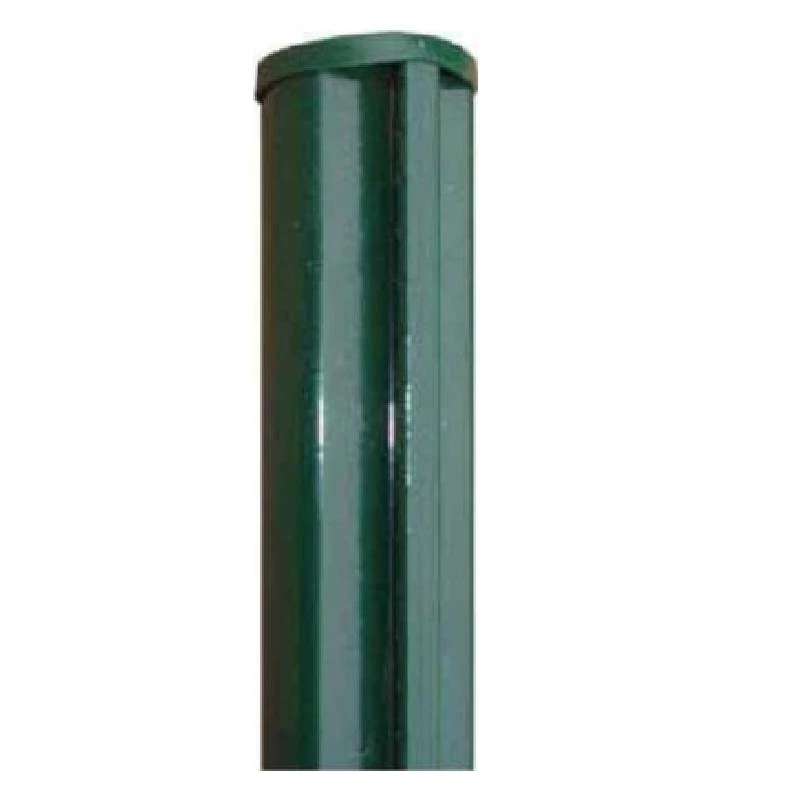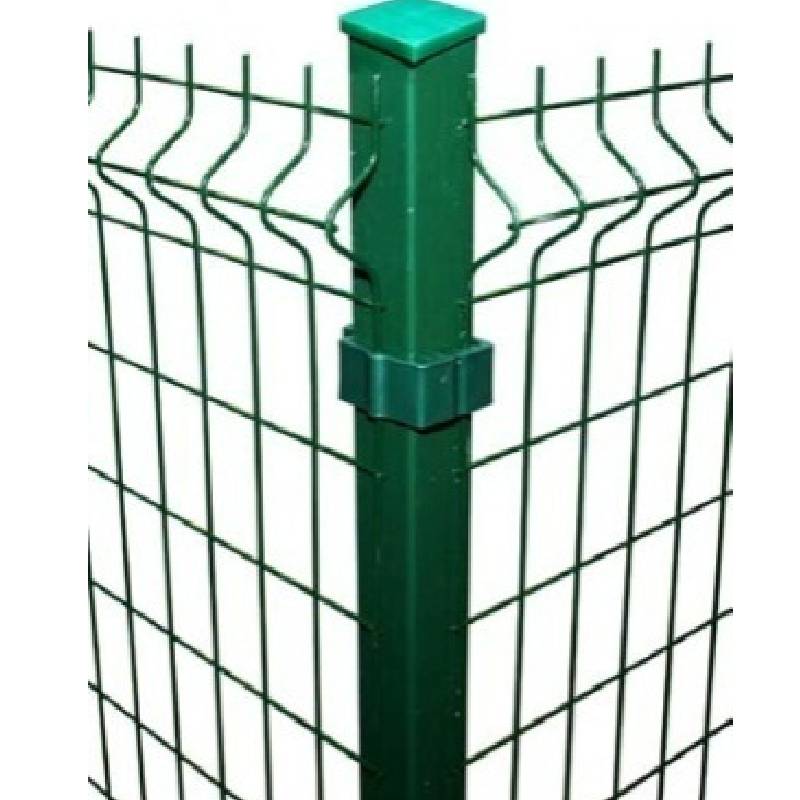-
Email:zhao@hyliec.cn
-
Telpon:+86 311 85273988
-
WhatsApp:8613931128750
-
 Afrika
Afrika -
 basa Albania
basa Albania -
 Amharic
Amharic -
 Arab
Arab -
 wong Armenia
wong Armenia -
 Azerbaijan
Azerbaijan -
 Basque
Basque -
 Belarusia
Belarusia -
 Bengali
Bengali -
 Bosnia
Bosnia -
 basa Bulgaria
basa Bulgaria -
 Katalan
Katalan -
 Cebuano
Cebuano -
 Korsika
Korsika -
 basa Kroasia
basa Kroasia -
 Ceko
Ceko -
 Danish
Danish -
 Walanda
Walanda -
 Inggris
Inggris -
 Esperanto
Esperanto -
 basa Estonia
basa Estonia -
 basa Finlandia
basa Finlandia -
 Prancis
Prancis -
 Frisian
Frisian -
 Galician
Galician -
 Georgian
Georgian -
 Jerman
Jerman -
 Yunani
Yunani -
 Gujarati
Gujarati -
 Kreol Haiti
Kreol Haiti -
 hausa
hausa -
 hawaiian
hawaiian -
 basa Ibrani
basa Ibrani -
 Ora
Ora -
 Miao
Miao -
 Hungaria
Hungaria -
 basa Islandia
basa Islandia -
 igbo
igbo -
 basa Indonesia
basa Indonesia -
 irlandia
irlandia -
 basa Italia
basa Italia -
 Jepang
Jepang -
 basa jawa
basa jawa -
 Kannada
Kannada -
 kazakh
kazakh -
 Khmer
Khmer -
 wong Rwanda
wong Rwanda -
 Korea
Korea -
 basa Kurdi
basa Kurdi -
 Kyrgyz
Kyrgyz -
 TB
TB -
 Latin
Latin -
 Latvia
Latvia -
 Lithuania
Lithuania -
 Luksemburg
Luksemburg -
 wong Makedonia
wong Makedonia -
 Malgashi
Malgashi -
 Melayu
Melayu -
 Malayalam
Malayalam -
 wong Malta
wong Malta -
 Maori
Maori -
 Marathi
Marathi -
 Mongolian
Mongolian -
 Myanmar
Myanmar -
 Nepali
Nepali -
 basa Norwegia
basa Norwegia -
 basa Norwegia
basa Norwegia -
 Occitan
Occitan -
 Pashto
Pashto -
 Persia
Persia -
 Polandia
Polandia -
 Portugis
Portugis -
 Punjabi
Punjabi -
 basa Rumania
basa Rumania -
 Rusian
Rusian -
 Samoan
Samoan -
 Gaelik Skotlandia
Gaelik Skotlandia -
 basa Serbia
basa Serbia -
 Inggris
Inggris -
 Shona
Shona -
 Sindhi
Sindhi -
 Sinhala
Sinhala -
 basa Slovak
basa Slovak -
 basa Slovenia
basa Slovenia -
 Somali
Somali -
 Spanyol
Spanyol -
 Sundha
Sundha -
 Swahili
Swahili -
 Swedia
Swedia -
 Tagalog
Tagalog -
 Tajik
Tajik -
 Tamil
Tamil -
 Tatar
Tatar -
 Telugu
Telugu -
 Thai
Thai -
 Turki
Turki -
 Turkmen
Turkmen -
 Ukrainia
Ukrainia -
 Basa Urdu
Basa Urdu -
 Uighur
Uighur -
 Uzbek
Uzbek -
 Vietnam
Vietnam -
 Welsh
Welsh -
 Pitulung
Pitulung -
 Yiddish
Yiddish -
 Yoruba
Yoruba -
 Zulu
Zulu
Pos Pagar
What Type Of Fence Post Is Best?
The best type of fence post depends on various factors such as the type of fence, local climate, soil conditions, and personal preferences. Common options for fence posts include:
1. Round steel posts: Round steel posts are a traditional and versatile choice, suitable for various fence types. They can be treated to resist rot and decay, but may require maintenance over time.
2. Square steel posts and rabbet posts offer durability and strength, making them suitable for supporting heavy or high-security fences. They are resistant to rot and insect damage.
3. Steel round posts/ square posts/ rabbet with base plate: They are suitable to install on the concrete ground, and fixed by concrete nails.
What Size Is A Fence Post?
Fence posts come in various sizes, typically having Φ32 Φ34 Φ38 Φ48 Φ60 Φ80 for round steel posts and 40x40 60x60 40x60 60x60 80x80 100x100 etc for square tube posts in dimension. The specific size of a fence post depends on the type of fence being installed, the height and weight of the fence panels, and the local building codes or regulations. It's important to select the appropriate size of fence post to ensure stability and structural integrity for the specific fencing project. Consulting with a professional or referring to local building codes can provide guidance on the recommended size of fence posts for a particular application.
Fence Post FAQ:
What type of fence post is best?
The best type of fence post depends on various factors such as the type of fence, local climate, soil conditions, and personal preferences. Common options for fence posts include round steel posts, square steel posts and rabbet steel posts, posts with base plate or without base plate. Each type has its own advantages and considerations, so it's important to choose the most suitable option based on the specific requirements of the fence project.
What size is a fence post?
Fence posts come in various sizes, typically typically having Φ32 Φ34 Φ38 Φ48 Φ60 Φ80 for round steel posts and 40x40 60x60 40x60 60x60 80x80 100x100 etc for square tube posts in dimension. The specific size of a fence post depends on the type of fence being installed, the height and weight of the fence panels, and local building codes or regulations. It's important to select the appropriate size of fence post to ensure stability and structural integrity for the specific fencing project.
How to install a panel fence?
Paneling a fence involves several steps, including measuring and planning, installing the posts, attaching the panels, adding finishing touches, and performing regular maintenance. It's important to follow the manufacturer's instructions and local building codes when paneling a fence to ensure proper installation and compliance with regulations. If in doubt, it's advisable to consult with a professional or seek guidance from experienced individuals.






